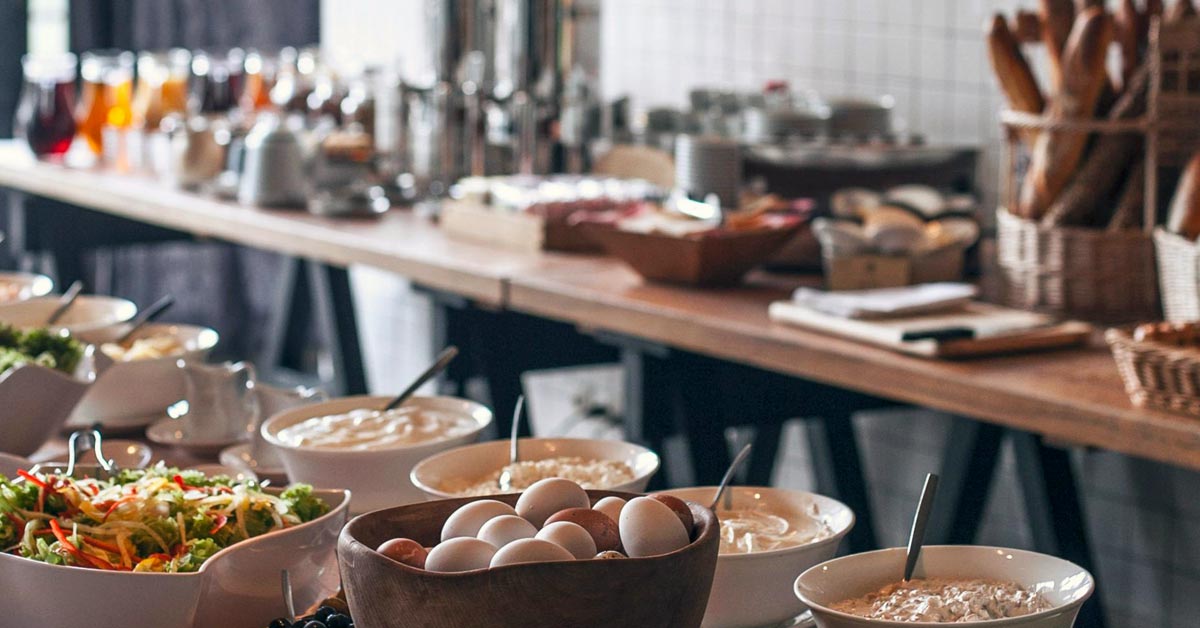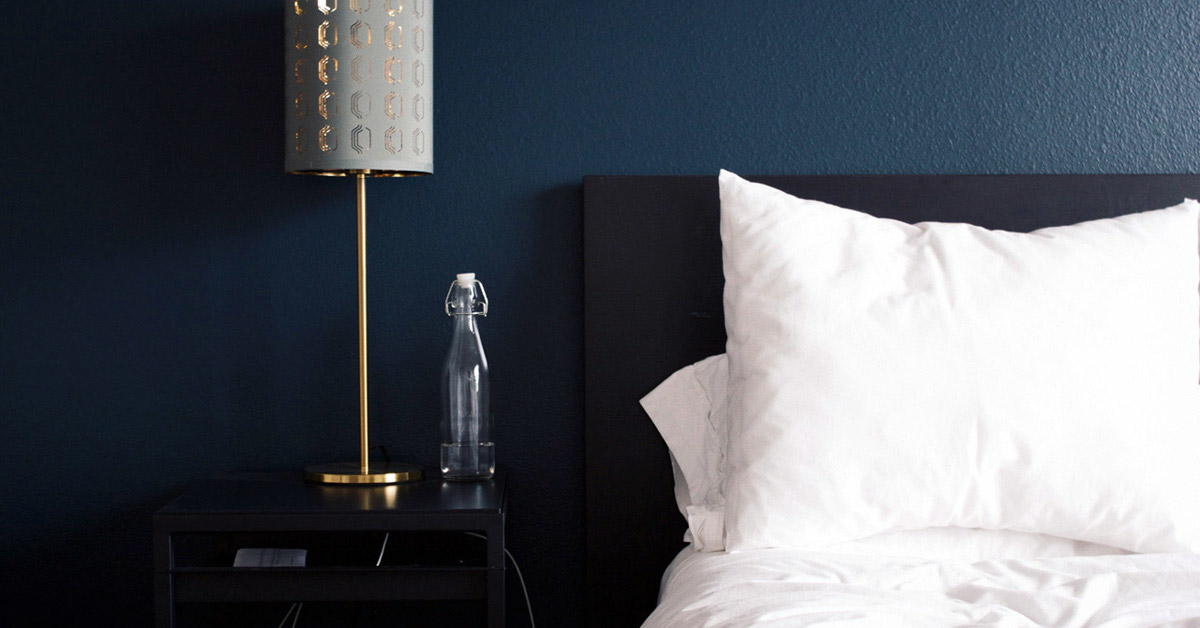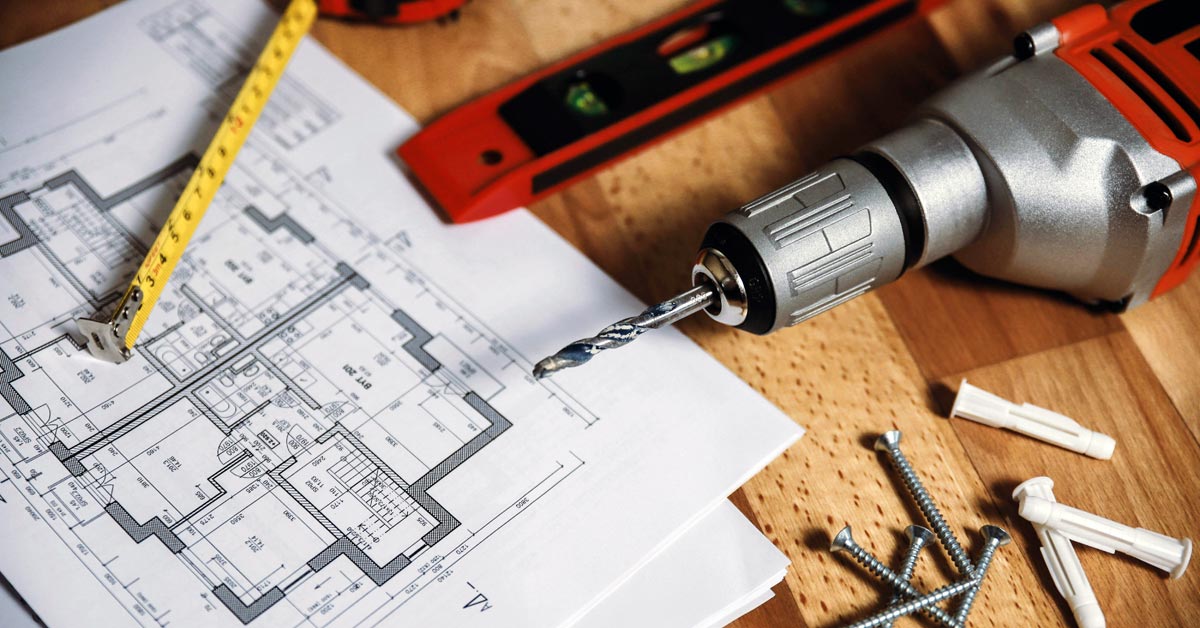How to maintain a safe breakfast buffet hygiene, while preserving the quality of the food served and guest satisfaction ?
Setting up a buffet requires careful attention to hygiene, food safety and presentation. Whether you’re catering to the public or serving professionals in the hotel and hospitality industry, adhering to these guidelines ensures a safe and pleasant dining experience for everyone.
Why Breakfast Buffet Hygiene Matters
– Preventing Contamination
Buffets present a unique challenge as multiple people handle serving utensils and come into close proximity with food. Without proper breakfast buffet hygiene measures, there’s a risk of cross-contamination, which can lead to food borne illnesses.
– Ensuring Food Safety
Maintaining proper temperatures for hot and cold foods is essential to prevent the growth of harmful bacteria. If food is not kept at the correct temperature or if it’s left out for too long, it can become unsafe to eat.
– Creating a Positive Experience
A well-organized and clean buffet enhances the dining experience for guests/customers. It reflects positively on the establishment and can encourage repeat business and positive reviews.
– Compliance with Regulations
Food safety regulations and guidelines exist to protect public health. Adhering to these standards not only ensures the safety of guests/customers but also helps businesses avoid fines and legal consequences for non-compliance.
– Professionalism
Whether serving the general public or industry professionals, maintaining high standards in buffet setup demonstrates professionalism and a commitment to quality service.
Overall, prioritizing hygiene, food safety and presentation when setting up a buffet contributes to a safe, enjoyable and reputable dining experience for all patrons.
Preparation and Presentation of Foods
| Bread | It’s advisable to slice bread in the kitchen to prevent contamination by guests/customers. Serve it sliced on the buffet, accompanied by tongs for hygienic self-service. Remember to clean the toaster after each use. |
| Pastries, Toast and Homemade Cakes | Present these in small quantities on the buffet, always with tongs and avoid representing leftovers. |
| Butter, Yogurts, Packaged Cheeses and Other Dairy Products | Maintain these between 0 and 4°C during service. Discard leftovers if they remain at room temperature for more than two hours. |
| Unpackaged Jams, Compotes, Biscuits, Tea Bags and Other Dry or Sterilized Foods | As long as the packaging remains intact and clean, you can represent them until the minimum durability date. |
| Cold Cuts | Preferably, slice cold cuts in the kitchen to minimize guests/customer contact. Cook items like sausages and bacon as needed, maintaining them at over 63°C throughout service. |
| Scrambled or Boiled Eggs | Cook these to order and discard excess at the end of service. |
| Cereals | If using large containers, discard excess presented to guests/customers after service. |
| Milk | Keep milk between 0 and 4°C or over 63°C during service, discarding leftovers the next day. |
| Fresh Fruit Juice | Ideally, juice fruits on demand. Alternatively, prepare small quantities in advance, ensuring consumption within two hours to prevent oxidation. |
| Fresh Whole Fruits | Less prone to contamination, these can be served at subsequent meals if of adequate quality. Remember to wash them before presentation. |
Preparation Guidelines
Different types of preparations require specific handling to ensure food safety and quality:
| Cold Dishes and Preparations with Fruits and Vegetables | Maintain between 0 and 3°C before service. |
| Cold Dishes with Animal Products (Cold Cuts) | Also keep between 0 and 3°C before service. |
| Hot Dishes | Maintain at over 63°C. |
| Fresh Pastries with Cream, Milk, or Eggs | Consume within three days if kept between 0 and 3°C. |
These guidelines are designed to prioritize food safety and quality in hospitality settings. Slicing bread in the kitchen minimizes contamination by ensuring controlled handling, while serving it with tongs on the buffet reduces direct contact and maintains hygiene.
Presenting pastries and homemade cakes in small quantities with tongs limits potential contamination, while avoiding leftovers ensures freshness. Maintaining dairy products at specific temperatures prevents spoilage and foodborne illnesses, and discarding leftovers after prolonged room temperature exposure further mitigates risks.
Proper handling of unpackaged dry foods and cold cuts reduces cross-contamination, while cooking eggs to order and discarding excess cereals prioritize freshness and safety.
These practices not only uphold breakfast buffet hygiene standards but also contribute to guest satisfaction and trust in the establishment’s commitment to quality.
Special Precautions
- Items should be removed from refrigeration no more than one hour before serving.
- Maximum presentation time of two hours.
- Temperature should not exceed 10°C before serving.
Recommended Equipment
- Utilize buffet stations, bain-maries, or refrigerated displays to maintain food safety.
- Buffet stations offer organized layouts for easy access to various dishes.
- Bain-maries keep hot dishes at safe serving temperatures, preserving quality.
- Refrigerated displays showcase perishable items while maintaining freshness.
Leftover Management
- Promptly dispose of any exposed products to prevent contamination.
- Remove uncovered dishes and remnants of perishable items after service.
- Ensure cleanliness and hygiene by implementing robust disposal practices.
- Demonstrate commitment to food safety and guest satisfaction.
Buffet Setup Checklist
- Clean the area before setting up the buffet.
- Protect the buffet from contamination and sunlight.
- Use clean, freshly washed linens.
- Label homemade preparations and unpackaged products clearly.
- Continuously replenish supplies to reduce waste and minimize risks.
- Maintain proper temperatures and record them at the beginning and end of service.
Buffet Presentation
- Use clean, freshly washed linens and change them after each guests/customer.
- Space out items to allow for safe serving distances.
- Install plexiglass or breath guards along the buffet.
- Portion items where possible to minimize utensil use.
- Provide hand sanitizer for guests/customers using shared equipment like toasters and clean equipment after each use.
In conclusion, adhering to these comprehensive guidelines ensures not only the breakfast buffet hygiene but also enhances the overall dining experience for guests, whether in public settings or professional hospitality environments.
By conscientiously managing food preparation, presentation and storage, establishments can mitigate the risk of contamination, reduce food waste and maintain the freshness and quality of offerings. Moreover, the systematic approach outlined here fosters efficiency in buffet operations, enabling smoother service and greater guests/customer satisfaction.
Ultimately, by prioritizing food safety protocols and implementing best practices, establishments can build trust with their patrons and uphold their reputation for excellence in hospitality.
For more information on Breakfast Buffet Hygiene, we recommend the following resources:
_________________________________________________
Australian Institute of Food Safety – Rules for Breakfast Buffet Hygiene: https://blog.foodsafety.com.au/5-rules-for-buffet-food-safety
Canadian Institute of Food Safety – Rules for Breakfast Buffet Hygiene: https://blog.foodsafety.ca/5-rules-buffet-food-safety
Centers for Disease Control and Prevention – Parties & Breakfast Buffet Hygiene: https://www.cdc.gov/foodsafety/serving-food-safely.html







